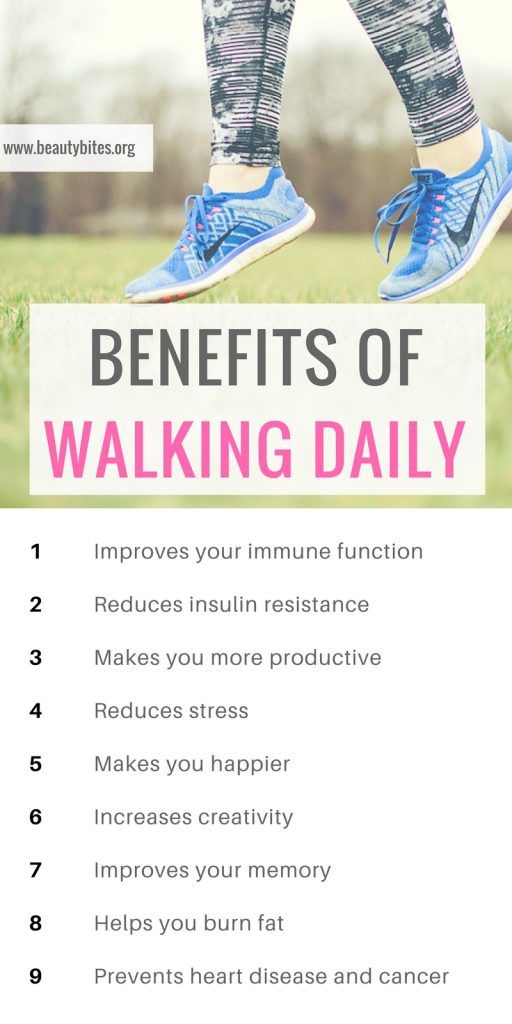Walking is a simple yet effective way to shed those extra pounds and improve your overall health. It’s an excellent form of exercise because it’s low-impact, easy to do, and doesn’t require any special equipment. If you’re just starting out on your weight loss journey, walking is a great place to begin. Here are some tips for beginners to help you get started:
Set Realistic Goals
When starting a walking routine for weight loss, it’s important to set realistic goals. Start with a manageable amount of time and gradually increase the duration and intensity of your walks as you build stamina. Aim for at least 30 minutes of brisk walking most days of the week to see significant results.
Stay Consistent
Consistency is key when it comes to any exercise routine, including walking. Try to walk at the same time each day to establish a habit. Whether it’s first thing in the morning, during your lunch break, or after dinner, find a time that works best for you and stick to it.
Use Proper Form
Proper form is essential to maximize the benefits of walking and prevent injuries. Keep your head up, shoulders back, and core engaged. Swing your arms naturally and take long, smooth strides. Wear supportive walking shoes to protect your feet and ankles.
Include Interval Training
To boost your weight loss efforts, incorporate interval training into your walking routine. Alternate between periods of brisk walking and slower-paced walking to increase your heart rate and burn more calories. Interval training can help you break through weight loss plateaus and improve your overall fitness level.
Track Your Progress
Keep track of your walking sessions to monitor your progress and stay motivated. Use a fitness tracker or app to record your distance, time, and pace. Set weekly or monthly goals to challenge yourself and celebrate your achievements along the way.
Stay Hydrated and Fuel Your Body
Proper hydration is essential when walking for weight loss. Drink plenty of water before, during, and after your walks to stay hydrated and fuel your body. Eat a balanced diet rich in fruits, vegetables, lean proteins, and whole grains to support your weight loss goals and overall health.
Join a Walking Group
Walking with a group can make exercise more enjoyable and provide accountability. Join a local walking group or recruit a friend or family member to walk with you. Having a walking buddy can help you stay motivated, committed, and on track towards your weight loss goals.
Listen to Your Body
Pay attention to how your body feels during and after your walks. If you experience pain or discomfort, slow down or take a break. Be mindful of any signs of overtraining, such as fatigue, soreness, or decreased performance. Rest and recover as needed to prevent injuries and allow your body to adapt to the demands of walking for weight loss.
Stay Positive and Enjoy the Journey
Weight loss is a gradual process that requires patience, consistency, and dedication. Stay positive, focus on your progress, and celebrate small victories along the way. Enjoy the journey of walking for weight loss and embrace the physical and mental benefits that come with regular exercise.
Walking is a fantastic form of exercise for beginners looking to lose weight and improve their overall health. By following these tips and incorporating walking into your routine, you can achieve your weight loss goals and create a sustainable healthy lifestyle.
